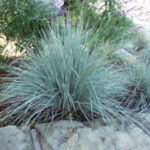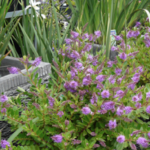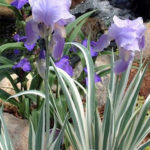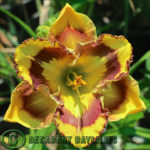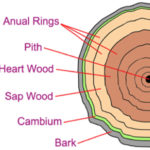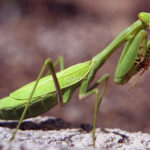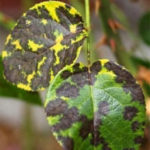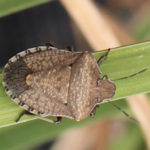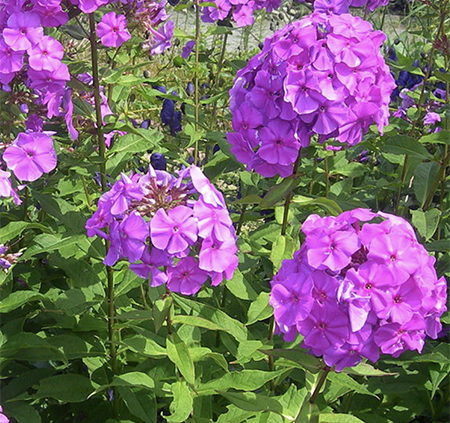
Phlox Plants Planting And Caring
Phlox Plants Information On Planting And Caring
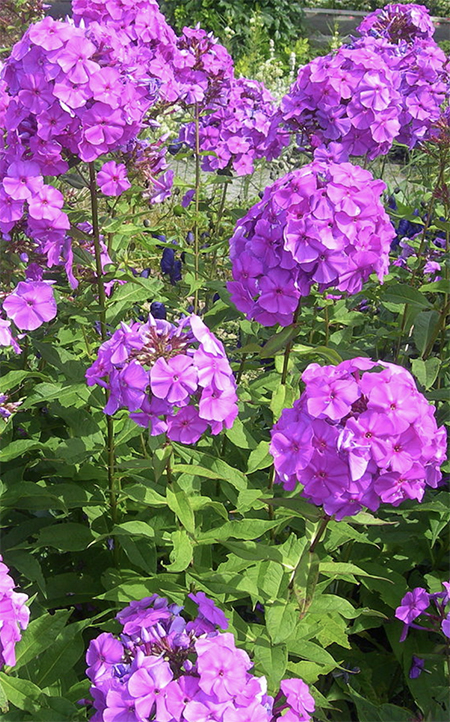 Phlox plants grown in Australia are annual and perennial flowering plants with tightly packed clusters of showy flowers. This plant selection is native to North America. The shades of the flowers include red, pink, purple, yellow, white, scarlet and many bright bicolours. There are so many varieties of them and you will be able to easily find one suitable for your garden. Annual phlox form small mounting bushes. Rock phlox makes good ground cover forming small mounds spread by underground stolons that can cascade over walls and rocks, as they grow to a height of only 6-18 inches. The trailing varieties have long stems and border phlox are bushy and upright. There are varieties which may grow to 3-4 feet as well. The phlox plants are easy to grow and need low maintenance. These plants are sun loving and have long blooming season extending from spring to autumn depending on the variety. The cluster of flowers makes good cut flowers.
Phlox plants grown in Australia are annual and perennial flowering plants with tightly packed clusters of showy flowers. This plant selection is native to North America. The shades of the flowers include red, pink, purple, yellow, white, scarlet and many bright bicolours. There are so many varieties of them and you will be able to easily find one suitable for your garden. Annual phlox form small mounting bushes. Rock phlox makes good ground cover forming small mounds spread by underground stolons that can cascade over walls and rocks, as they grow to a height of only 6-18 inches. The trailing varieties have long stems and border phlox are bushy and upright. There are varieties which may grow to 3-4 feet as well. The phlox plants are easy to grow and need low maintenance. These plants are sun loving and have long blooming season extending from spring to autumn depending on the variety. The cluster of flowers makes good cut flowers.
How to Plant?
- Phlox establishes well in sunny areas with rich loose soil which has good drainage.
- The growth requirements may vary according to the species you are growing.
- Prepare the garden bed by tilling it with a garden fork for about 12-15 inches.
- Add 2-4 inches of compost to the soil.
- You can use the seeds, cuttings or divisions of the plant to propagate the plant. But it is easier to grow the plant from cuttings and divisions than growing from seeds.
- Plant the cuttings or divisions in spring and make sure
- that you leave 1-2 feet of space between the plants. This will prevent powdery mildew attacks.
Caring for Phlox
Water the phlox plants weekly for the first few weeks after planting. Thereafter reduce watering to keep the soil slightly moist. During summer water the plant regularly. Avoid spraying water on the foliage. Apply a thin layer of mulch, fine leaf litter and compost around the plants undergrowth to control weeds and to protect the moisture content of the soil. Deadhead the faded vibrant flowers to make the plant rebloom. In the case of tall varieties of phlox, cut the stems 1-2 inches above the soil after the first heavy frost. Dividing the taller varieties in every 2-3 years produces healthy plants. To achieve maximum height for the taller variety remove the weaker stems when they reach 6 inches in height leaving 5-6 strong stems. Pinch off the tips of the stems remaining to get a tall and bushy plant.
Growing from Seeds
The seeds can be sowed directly in the garden or can be sown indoors in pots and can be transplanted later. To get spring blooms start the seeds indoors at least 6-8 weeks before the last frost. When planting in garden bed sow the seeds early during the season and cover it lightly with fine garden soil. Make sure that you water the soil thoroughly once. After the last frost, transplant the seedlings to the particular portion in the garden. Phlox, space them at least 10-12inches apart. Seedlings will transplant easily
Pests and Diseases
On occasions, sometimes the common pest and diseases affecting the phlox are powdery mildew, rust, leaf spots and stem canker, etc. Nematodes are another major problem. Use appropriate insecticides and fungicides to control the diseases.


